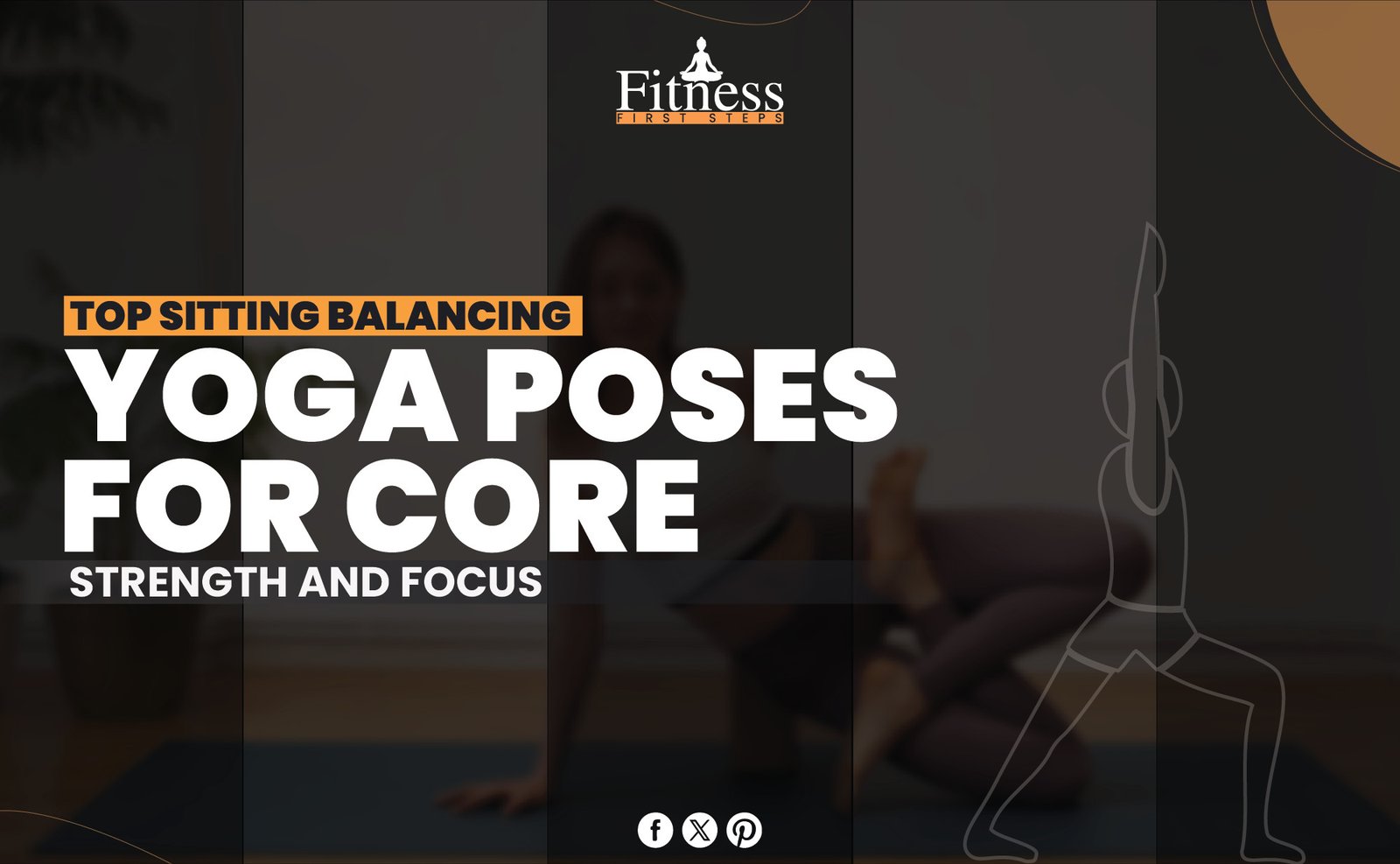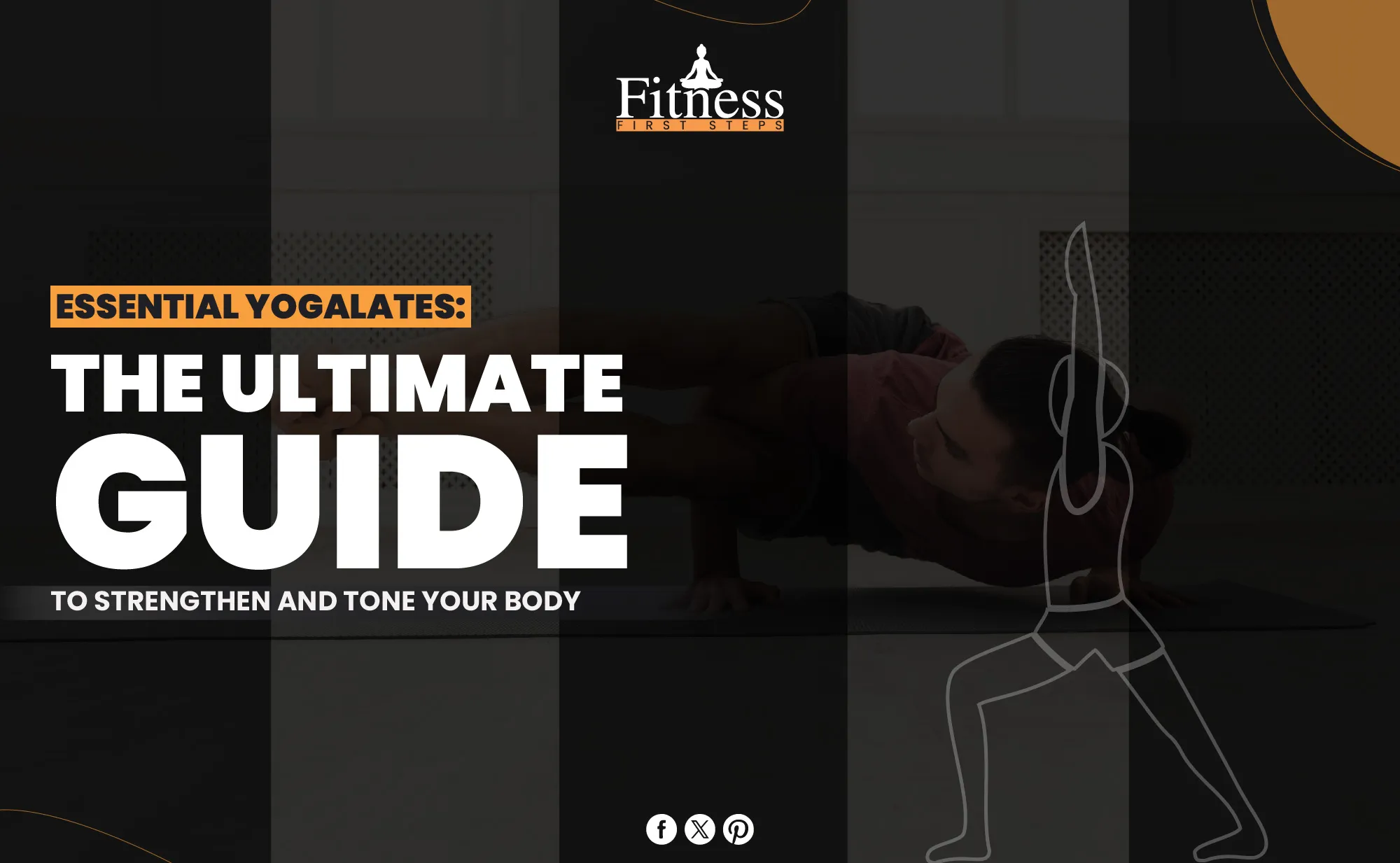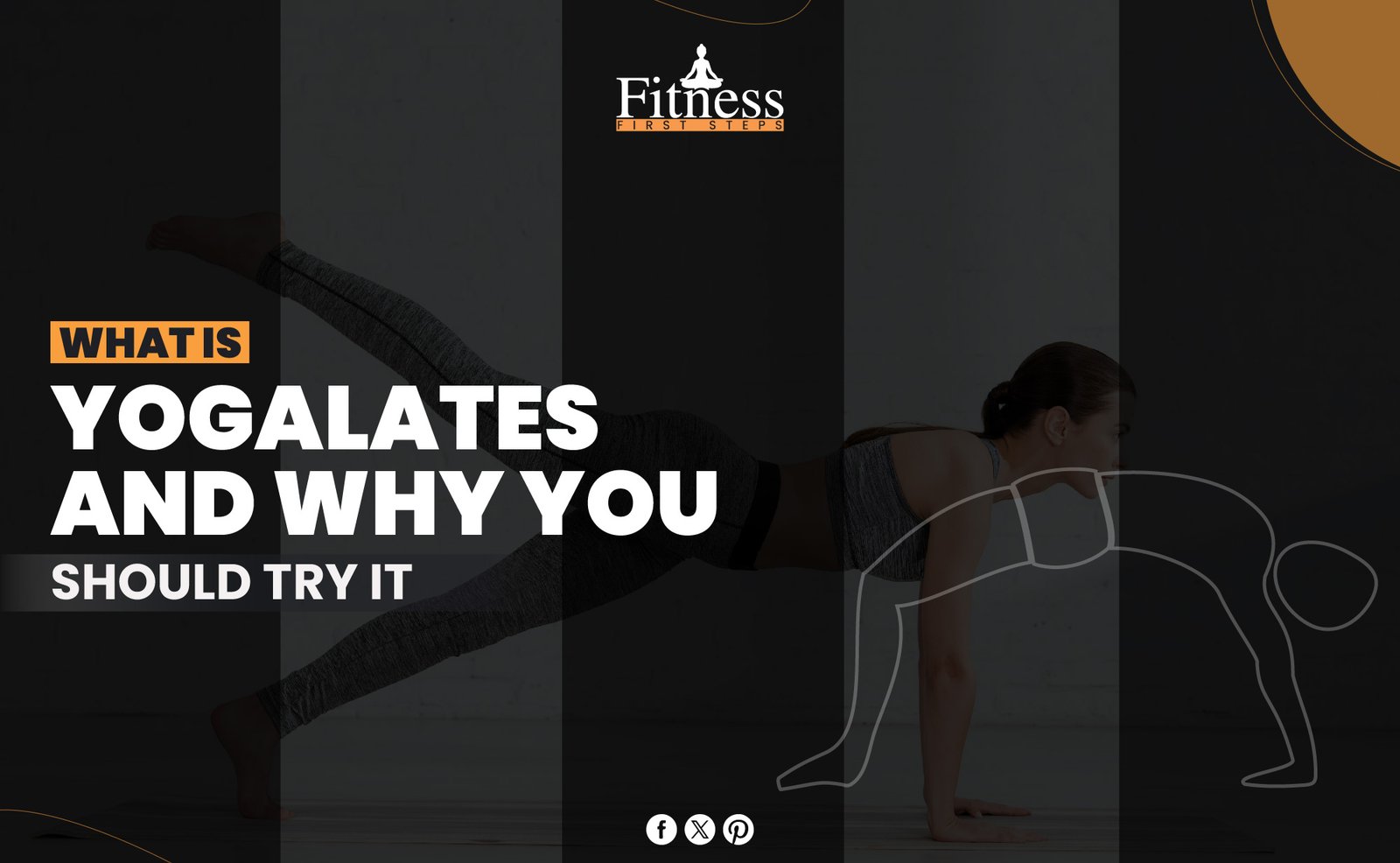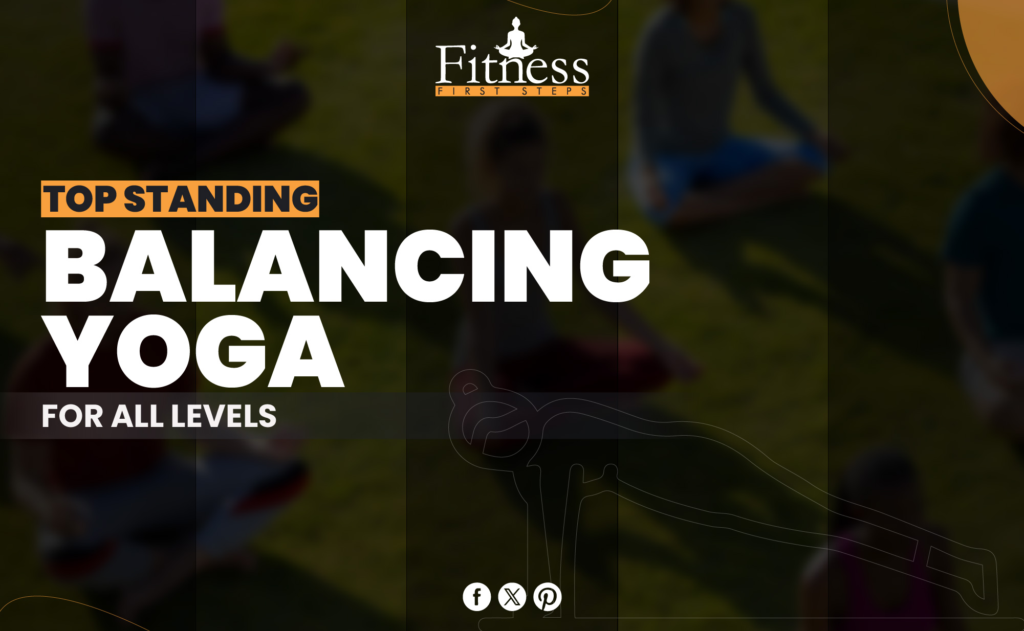When life gets hectic and stressful, it’s important to keep your body and mind in balance. Standing balancing yoga poses are a great way for both yoga fans and exercise enthusiasts to develop stability, increase strength, and increase focus. Adding these poses to your routine can help your yoga reach a whole new level, no matter how long you’ve been practicing.
The Importance of Balance in Yoga
Yoga isn’t just a workout; it’s a way of life that focuses on health. Balance is integral to this exercise because it helps you keep your body balanced and clears your mind. Standing balancing poses are perfect for you because they work out many muscle groups, improve proprioception, and connect your mind and body more.
Benefits of Standing Balancing Poses
There are many benefits to standing balance poses besides just making you more stable. They strengthen your core, help you focus, and even make you feel more confident. These poses teach you to be aware by making you work on your balance. They also help you stay present and focused.
Preparing for Your Practice
You need to prepare your body for these poses before you do them. A good warm-up can keep you from getting hurt and make it easier to balance. Do your best to stretch your core, hips, and legs. Cat-cow stretches, forward bends, and hip openers are all great ways to get your body ready for the balance challenges that are coming.
Tree Pose (Vrksasana)
Finding Your Roots
Classic balancing position Tree position suitable for all levels. Begin by standing tall with feet together. Move your weight to one leg and carefully elevate the other foot to your inner thigh or calf, never the knee. Put your hands in prayer posture at your chest or above like branches.
Tips for Stability
Focusing on a point in front of you (drishti) can help you feel more stable. Focus on your core and firmly plant your foot on the ground. Don’t forget that it’s okay to shake; trees do it too.
Variations for All Levels
For extra support, beginners can keep their toes on the ground. Experienced practitioners can close their eyes or move their arms for an extra challenge.
Warrior III (Virabhadrasana III)
Channeling Your Inner Warrior
Warrior III is a strong pose that strengthens your whole body and helps you keep your balance. Begin in a high lunge position. Then, put your weight on your front foot and lift your back leg straight off the ground while stretching your arms forward.
Key Alignment Points
Ensure your hips stay level and your body is straight from your head to your toes. You must work your core and ensure your standing leg stays solid to keep your balance.
Modifications and Progressions
If you find it challenging to stay balanced, put your hands on blocks or a chair. Lift your back leg higher or change how your arms are positioned to make the pose more challenging.
Eagle Pose (Garudasana)
Wrapping Up for Balance
Posee Pose is unique and helpful because it blends balance and flexibility. Stand straight up, then cross one leg over the other and put one arm under the other, hands facing each other. Keep your back straight and sit back like you’re in a chair.
Enhancing Flexibility
This pose helps you focus and stay balanced while stretching your shouldPose hips, and legs. Keep your eyes still and tighten your core to stay stable.
Adaptations for Different Levels
If you’re new to this pose, keep your toes on the ground for extra support. Yogis with more experience can deepen the pose by leaning or squeezing their arms together closely. Moon Pose (Ardha Chandrasana)
Balancing on the Horizon
Half Moon Pose is a great way to improve your balance and get your hips and chest more open. As you start in Triangle Pose, move your weight to your front foot and lift your back leg straight up. At the same time, reach your upper arm up toward the sky.
Aligning for Success
Make sure your hips are stacked, and your standing leg is strong. Stretch out through your raised leg and out through your fingers to make your body longer.
Beginner and Advanced Options
For support, beginners can put a block under their bottom hand. More experienced practitioners can hold the pose without props or add a bind.
Dancer’s Pose (Natarajasana)
GracPosed Strength
The dancer’s pose is a beautiful way to improve your balance because it blends power and beauty. Stand tall at first, then put your weight on one foot and put your hand on the inside of the other foot. Stretch out your other arm and lift your leg behind you.
Finding Your Balance
Make sure your chest is up, and your hips are straight. Use your core and reach through your raised leg and arm to stay stable.
Tailoring the Pose
Suppose it’s hard to keep your balance; lean against a wall. Yogis with more experience can make the pose more challenging by lifting one leg higher or bending their back.
Posting Hand to Big Toe Pose (Utthita Hasta Padangusthasana)
Stretching for Stability
This pose is a great way to stretch your legs and improve your balance. First, stand up straight. Then, lift one leg and put your hand on your big toe. Keep your leg straight as you extend it forward.
Tips for Balance
Stand with your leg straight and your core tight. If you can’t reach your toe, use a strap and keep your eyes on something before you.
Progressions and Modifications
For beginners, they can bend the leg they are lifting or lean against a wall. For more advanced students, they can twist or move their legs to the side.
Chair Pose (Utkatasana)
Building Strength and Stability
Chair exercise is essential for strengthening your legs and core and testing your balance. Stand with your feet together at first. Then, bend your knees and sit back like a chair. Lift your arms.
Key Points for Alignment
Keep your knees close together and your weight on your feet. To keep your balance, tighten your core and lift your chest.
Making It Work for You
Don’t sit too low if this is your first time doing it. For an added challenge, advanced yogis can sit lower or lift their feet to make the pose deeper.
Crane Pose (Bakasana)
Taking Flight
Crane Pose is a balancPosese for the arms that needs strength and attention. Squat down, put your hands on the ground, and pull your hips off the ground. Hold on to your hands as you lean forward and lift your feet off the ground.
Strength and Focus
Engage your core and look straight ahead. To keep your balance, touch your toes together and tuck your arms in.
Beginner and Advanced Options
People just starting can use a block or put their toes on the ground to practice. People who are good at this can try stretching their legs or switching to other arm balances.
Conclusion
Standing balancing yoga postures boost strength, stability, and awareness. Whether you’re a novice or an expert yogi, these positions may improve your health. Be gentle with yourself as you practise these poses—balance takes time.
Ready to improve your yoga? Join our community of dedicated yogis and get personalized instruction from our experts. Join today to start a more balanced and enjoyable practice.
